I'm using copper tracks laid out on an FR4 board as a heater device. It's a serpentine design with the copper 0.3mm wide and 0.2mm spacing. I have three sets of tracks which I intend to heat up at different temperatures, one of which at 95°C.
At about 85°C, the board near the tracks starts deforming(see image), with smoke emanating out, from the tracks. 

My question is, does increasing the width of the tracks help in increasing the thermal stability? Also, does the spacing play a major role in it as well?
Does using a thicker board help with dealing with the thermal stress? If not, how can I add in the heatsink capability for it?
FWIW, I'm using a TIP122 transistor with a PWM input to heat it up. The current consumption is about 1.5 ~ 2 A.